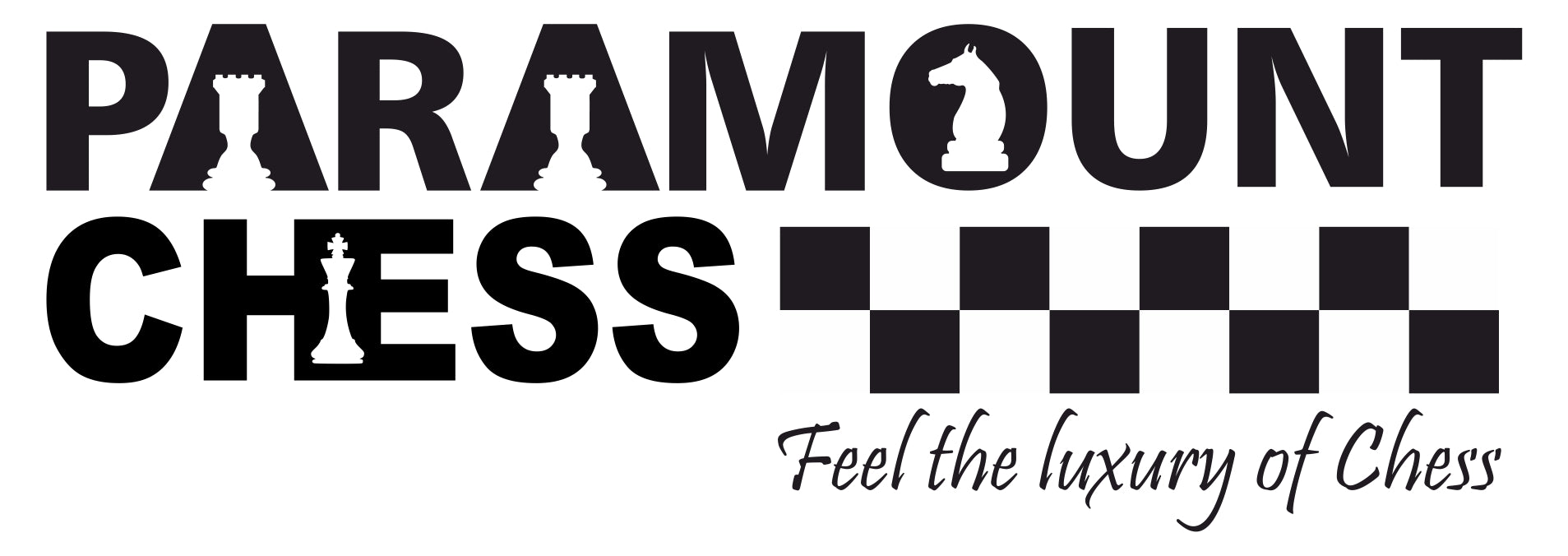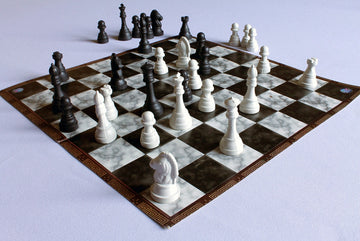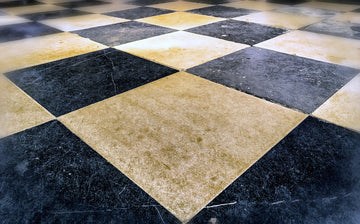
The Trompowsky Attack is a slightly unusual opening that originates from the Queens Pawn Opening. This is not a very lethal opening but it is still considered as aggressive. The Trompowsky Attack is named after the one time Brazilian World Champion Octávio Trompowsky. This opening was also called The Zot. There are games in which Magnus Carlsen used the Trompowsky Attack. The Encyclopedia of Chess Openings (ECO) classifies this opening under the categories of A45.

In this opening, white immediately develops its bishop to an active spot. Given a chance, white would usually capture on f6 resulting in a double pawn structure for black.
Pros and Cons of the Trompowsky Attack
Some of the advantages of this opening are:
- It is a fairly aggressive opening that is caused by an imbalanced pawn structure
- This opening leads to original play. This is a great quality for conventional players who are well versed with most lines of the game
- The Trompowsky Attack is one of the trickiest openings in the game of chess. This is because white is almost always successful in capturing the f6 knight and doubling pawns for black
Some of the disadvantages of this opening are:
- White may be forced to concede both of its bishops early on in the game. This leads to a loss of material and variety in the attacking arsenal
- To gain time, black can keep chasing the white bishop on g5. This will allow black to gain ample space for major piece development as well
- The bishop is often used to protect whites b2 pawn from attacks. The absence of the bishops will weaken the b2 square up to a great extent

The moves involved in this opening are:
- d4 Nf6
- Bg5
.
Now is a good time to review the all important chess notations to have a better understanding of the variations below. Check out our article on chess notations here:
.
Let us now learn about some of the variations of the Trompowsky Attack
.
Ne4 Variation
Those players familiar with the Trompowsky Attack are well aware of white’s intentions. They know that white is more than willing to capture the knight on f6. Instinctively, most players chose to move their knight out of the way to avoid capture. Players who are not familiar with the Trompowsky Attack as well chose this variation to avoid the threat of capture. For this reason, the Ne4 variation has become the most popular variation of this opening.

The moves involved in the Ne4 variation are:
- d4 Nf6
- Bg5 Ne4
Moving the Knight to e4 solves two purposes. Firstly, it moves the knight out of harms way to a safer square. Secondly, it is now attacking the same white bishop that was threatening it with an attack later. Further, this variation also avoids the doubled pawn structure that would result if an exchange did take place.
Classical Defence Variation
The Classical Defence is another way to handle the Trompowsky Attack from White. By moving the e7 pawn to e6, black avoids the possibility of a double pawn structure. This is because the Queen is now defending the Knight on f6. Black voluntarily pins the Knight to its Queen. This move will result in a lack of pace in Blacks gameplay. White should take advantage of this situation by developing its center and fortifying it.

The moves involved in the Classical Defence Variation are:
- d4 Nf6
- Bg5 e6
In case you are wondering what a pin in chess is, here is our article on the same:
The most logical move for white at this stage would be e4. If black does not deter this attack, e5 would result in the capture of the black knight. This is because it cannot risk moving its knight that it is pinned to the Queen. Black almost always replies with h6. At this stage, the risk of playing with a doubled pawn structure is better than playing without a knight.
d5 Variation
This is a solid variation of the Trompowsky Attack although not very popular among players. If you see carefully, black rejected the idea of a symmetrical d4 d5 opening in the first move when it chose to play Nf6. But now, while playing d5 it seems that black has had a shift in its vision. The great aspect about the d5 variation is that it is very flexible and it can transpose into any other attack or defence.

The moves involved in the d5 variation are:
- d4 Nf6
- Bg5 d5
If White intends to continue with the Trompowsky, it will capture the black knight on f6. Black will then recapture using its pawns, ideally the e7 pawn. This is because if black intends to castle later on, it may cause problems if done otherwise.
Further Reading 1: https://www.ichess.net/blog/veco-trompowsky-attack-crush-c5-variation/
Further Reading 2: https://en.chessbase.com/post/trompowsky-for-the-attacking-player



